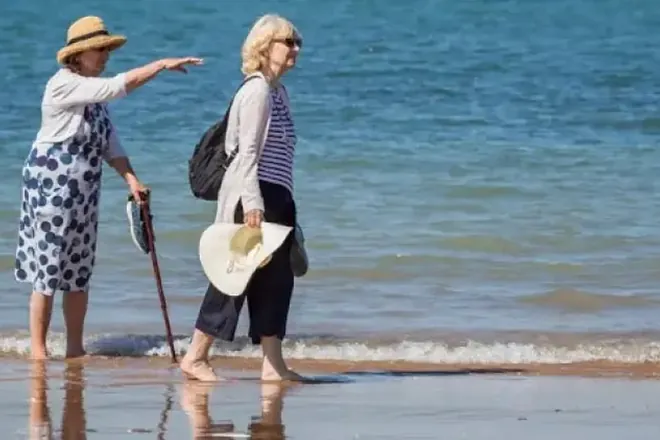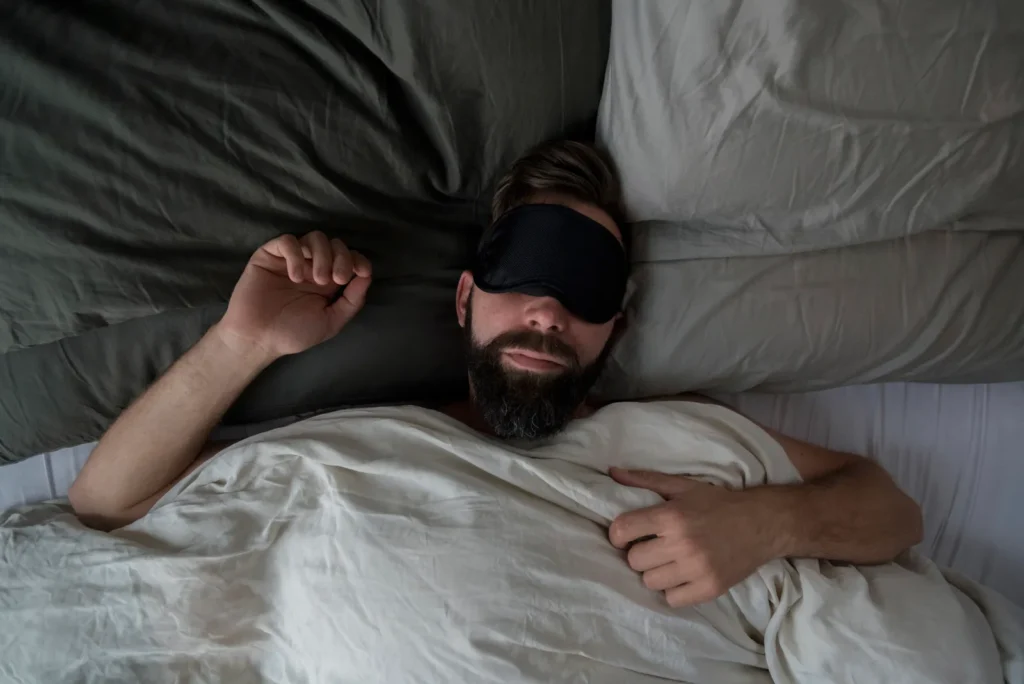Drowning is a serious risk for elderly individuals, especially in beaches and swimming pools. As the population ages, physiotherapists and health experts stress the importance of proactive safety measures to prevent tragic accidents. This guide covers practical tips to reduce drowning, focusing on balance, supervision, hydration, and health precautions, while allowing seniors to safely enjoy aquatic environments.

Why the Elderly Are at Higher Risk of Drowning
Understanding why older adults are more vulnerable helps in implementing effective prevention strategies. Physiotherapists highlight several risk factors:
| Risk Factor | Description | Preventive Measure |
|---|---|---|
| Balance issues | Reduced mobility and unstable surfaces increase slips | Swim in shallow, calm waters; use walking aids if needed |
| Decreased risk perception | Healthy-looking seniors may underestimate dangers | Constant supervision and reminders |
| Disorientation | Large, crowded, or unfamiliar beaches can confuse seniors | Swim in familiar areas; buddy system |
| Temperature sensitivity | Older adults feel cold more quickly, increasing hypothermia risk | Enter water gradually; avoid cold water |
| Medication effects | Sedatives, hypotensives, or heart medications can impair response | Swim with a companion; review meds with doctor |
| Medical conditions | Heart, neurological, or cognitive disorders | Avoid swimming alone; follow medical advice |
| Dehydration & heatstroke | Seniors may not feel thirst; exposure to sun can be dangerous | Hydrate frequently; wear protective clothing and sunscreen |
Understanding these factors is the first step in preventing accidents. Implementing tips to reduce drowning begins with awareness and preparation.
Physiotherapists’ Top Tips to Reduce Drowning
Here’s a detailed guide based on expert recommendations from physiotherapists, focusing on safety, health, and enjoyment of the water.
1. Maintain Balance and Mobility
Balance problems are a major contributor to drowning among older adults. Uneven sand, barefoot walking, and waves can destabilize anyone.
Tips to reduce drowning via balance improvements:
- Walk slowly in shallow water.
- Avoid rocky, slippery, or algae-covered areas.
- Use floatation devices if needed.
- Exercises to improve balance at home: Exercise Benefit Frequency Heel-to-toe walk Coordination 5 minutes daily Single-leg stand Stability 2 minutes per leg Step-ups Leg strength 3x/week Seated leg lifts Core control 2x/day
Pro Tip: Encourage seniors to practice these exercises regularly to enhance water safety.
2. Swim with Supervision and Companions
Older adults often underestimate risks, which makes supervision critical.
Tips to reduce drowning with companions:
- Always swim with a buddy or family member.
- Ensure a lifeguard is nearby or in clear view.
- Set check-in intervals, especially in crowded areas.
- Establish a simple signal system for distress or fatigue.
Example: A group of three seniors can rotate supervision—one swims while two watch, switching every 15 minutes.
3. Avoid Disorientation in Open Water
Large or unfamiliar beaches can lead to panic and accidents.
Tips to reduce drowning from disorientation:
- Stick to familiar, smaller areas of the beach.
- Use landmarks to navigate (lifeguard towers, umbrellas, or signs).
- Limit time in crowded zones.
- Provide clear instructions upon arrival: “Lifeguard station is near the pier; our towels are next to the big umbrella.”
Buddy systems and landmarks help seniors remain oriented and confident in the water.
4. Acclimatize to Water Temperature
Older adults are more sensitive to cold, and sudden plunges can trigger hypothermia.
Tips to reduce drowning due to temperature shock:
- Enter water gradually, letting the body adjust.
- Avoid swimming in very cold water, especially if taking sedatives.
- Wear wetsuits or lightweight water jackets in cooler climates.
Practical Routine: Stand waist-deep for 2–3 minutes before full immersion. This reduces stress on the heart and muscles.
5. Monitor Medication and Health Conditions
Some medications and medical conditions increase the risk of drowning:
| Condition / Medication | Risk | Prevention |
|---|---|---|
| Sedatives | Slower reflexes | Swim with supervision |
| Hypotensives | Blood pressure drops suddenly | Avoid sudden plunges |
| Heart disease | Increased cardiac risk | Keep lifeguard nearby; avoid panic situations |
| Neurological disorders (Parkinson’s, epilepsy) | Sudden loss of coordination | Buddy system; shallow water only |
| Cognitive disorders | Disorientation | Supervised, structured environment |
Always review health status with a physiotherapist or physician before beach or pool visits.
6. Stay Hydrated
Dehydration is a silent threat for seniors, especially in the sun.
Tips to reduce drowning by staying hydrated:
- Drink water frequently, even without thirst.
- Include water-rich foods (melon, cucumber, citrus).
- Avoid excessive caffeine or alcohol, which dehydrate the body.
- Use portable bottles and set reminders to drink every 30–60 minutes.
7. Protect Against Heat and Sun
Heatstroke is linked to dehydration and prolonged sun exposure.
Tips to reduce drowning by managing heat:
- Wear loose, breathable clothing.
- Use UV-blocking sunglasses and wide-brimmed hats.
- Apply high SPF sunscreen every 2–3 hours.
- Seek shade frequently, especially between 11 a.m.–3 p.m.
Combining hydration and sun protection reduces fatigue, which lowers drowning risk.
8. Maintain Light and Balanced Nutrition
Heavy meals can increase fatigue or digestive stress.
Tips to reduce drowning with proper nutrition:
- Eat small, refreshing meals before swimming.
- Focus on high-water content fruits.
- Avoid greasy or heavy foods that slow reaction times.
- Include light snacks with electrolytes during long beach days.
9. Avoid Common Beach Ailments
Otitis, conjunctivitis, and fungal infections can affect mobility and comfort, increasing risk.
Tips to reduce drowning by preventing ailments:
- Rinse ears and eyes after swimming.
- Change wet clothing promptly.
- Use water shoes to prevent fungal infections.
- Avoid swimming in dirty or contaminated water.
10. Encourage Safe Physical Activity
Physiotherapists emphasize that safe aquatic exercises improve mobility and overall health.
Tips to reduce drowning while staying active:
- Try water walking for low-impact cardio.
- Perform gentle stretching before entering the water.
- Incorporate physiotherapy exercises to strengthen muscles and improve balance.
Example Routine:
| Exercise | Benefit | Frequency |
|---|---|---|
| Ankle circles | Joint mobility | 2x/day |
| Wall push-ups | Upper body strength | 3x/week |
| Step-ups | Balance and coordination | 3x/week |
| Seated leg lifts | Core stability | 2x/day |
Regular exercise reduces the likelihood of slips, falls, and fatigue in the water.
Summary Table of Tips to Reduce Drowning
| Tip | Key Actions |
|---|---|
| Balance & Mobility | Shallow water, floatation devices, home exercises |
| Supervision | Buddy system, check-ins, lifeguard awareness |
| Disorientation | Stick to familiar areas, landmarks, avoid crowds |
| Water Temperature | Gradual entry, wetsuits, avoid cold water |
| Medication Awareness | Review meds, swim with companion, monitor heart risk |
| Hydration | Drink frequently, water-rich foods, avoid alcohol/caffeine |
| Sun & Heat Protection | Hats, sunscreen, shade, breathable clothing |
| Nutrition | Light, refreshing meals, electrolyte snacks |
| Beach Ailments | Rinse ears/eyes, water shoes, clean environment |
| Safe Physical Activity | Water walking, stretching, physiotherapy exercises |
Implementing these tips to reduce drowning can dramatically lower the risk of accidents among elderly swimmers. Physiotherapists stress balance, supervision, hydration, temperature awareness, and safe exercise as core elements of aquatic safety.
By following these guidelines, seniors can enjoy the health benefits of swimming and beach activities—from improved circulation to joint relief—without compromising safety.
Safety is not about avoiding the water; it’s about preparing the body and mind to navigate it confidently.






